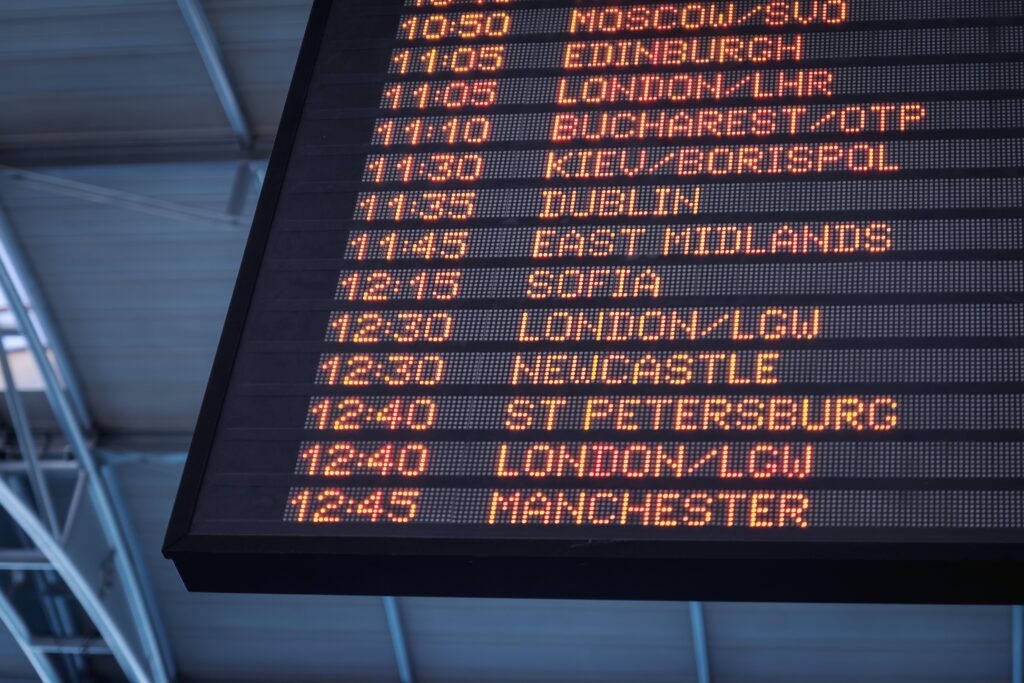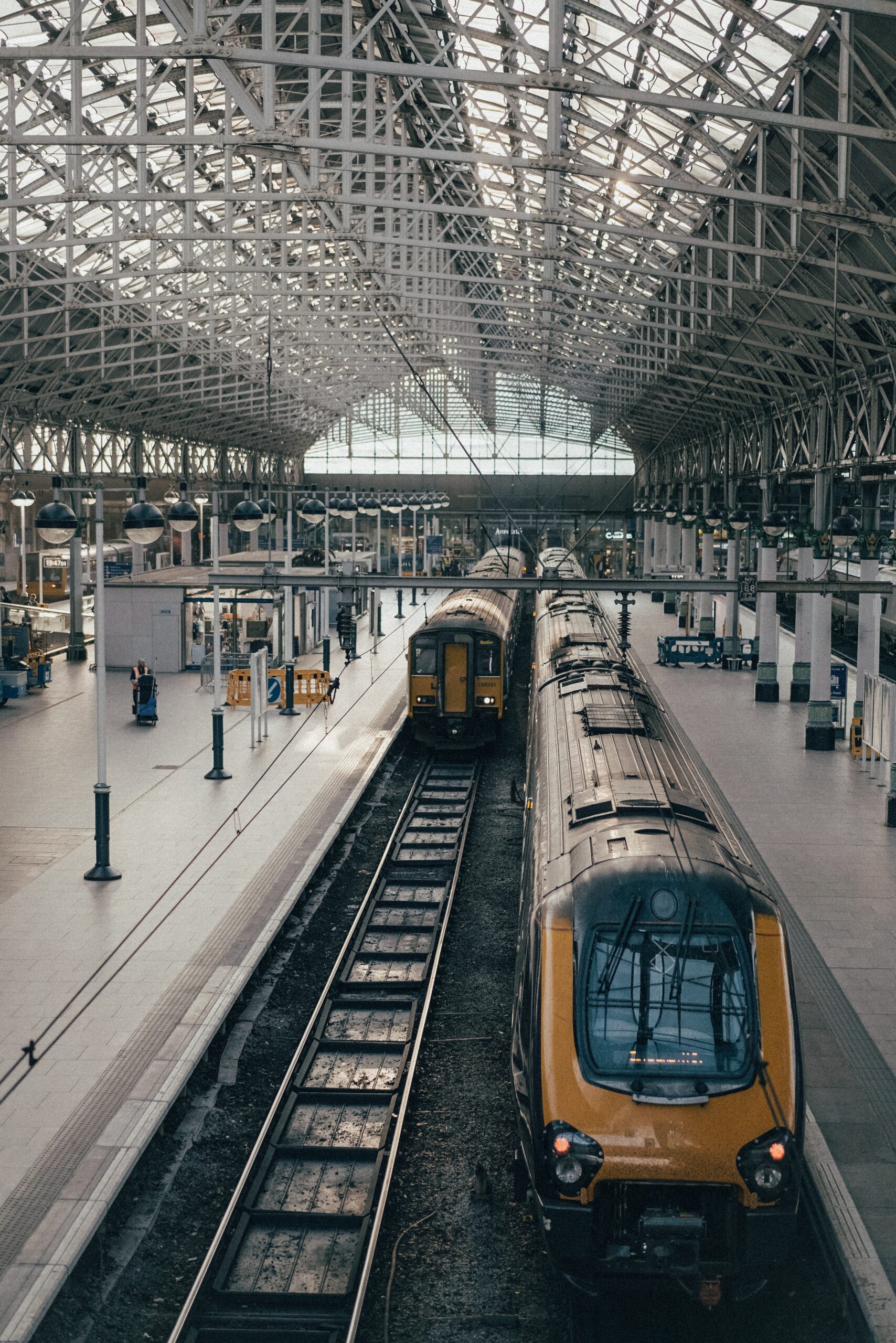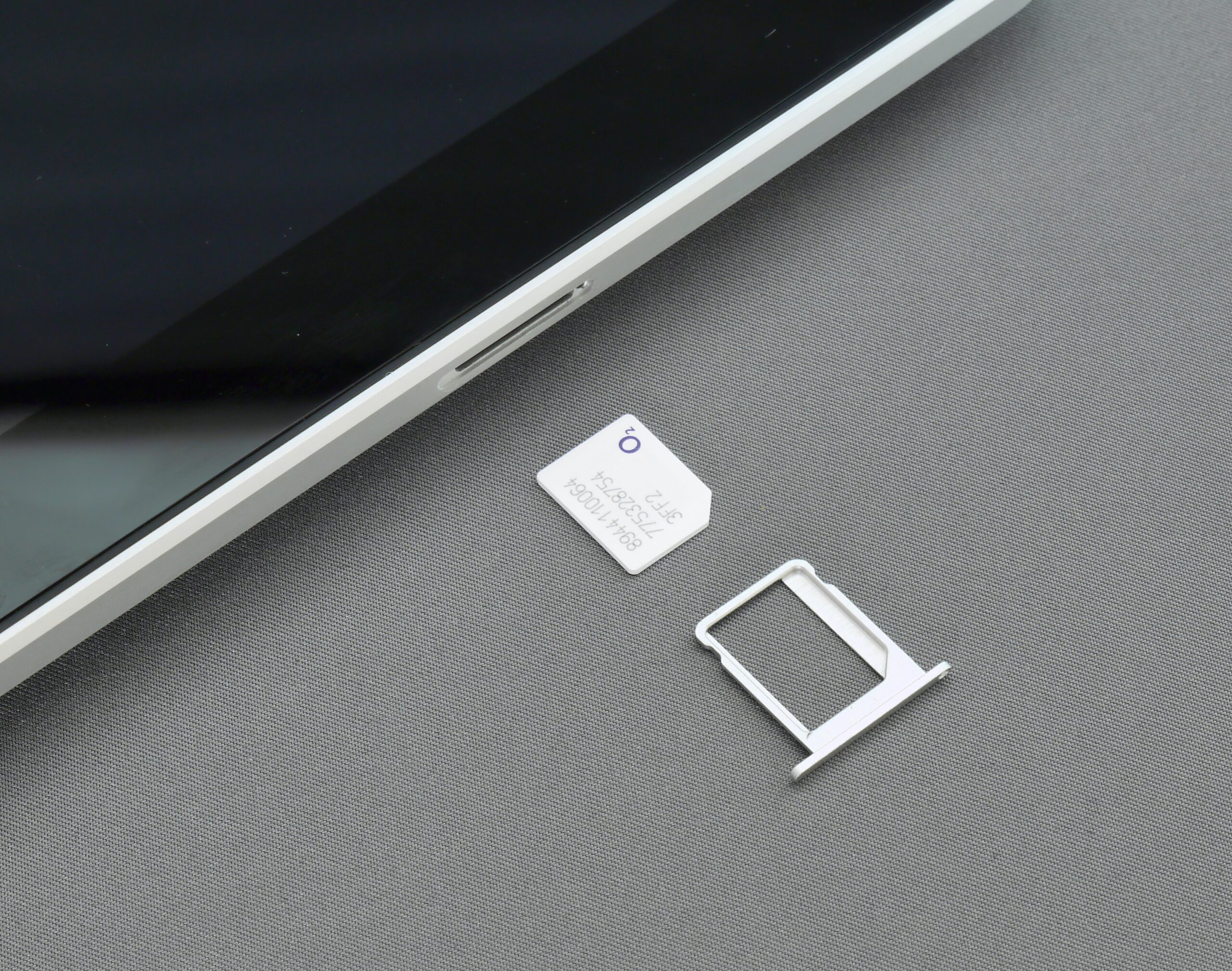Republic of the Congo Transportation Guide
Republic of the Congo Transportation Guide: Transportation relies on domestic flights, river transport, and challenging roads. Local guides facilitate navigation.


Republic of the Congo Transportation Guide – International Airports
The Republic of the Congo, also known as Congo-Brazzaville, has several international airports that serve as gateways to the country. These airports facilitate both domestic and international air travel. Here are the main international airports in the Republic of the Congo:
Maya-Maya International Airport (BZV): Located in the capital city of Brazzaville, Maya-Maya International Airport is the largest and busiest airport in the Republic of the Congo. It serves as the primary international gateway to the country, offering connections to various destinations in Africa and beyond.
Pointe-Noire Airport (PNR): Pointe-Noire Airport, also known as Agostinho-Neto Airport, is situated in the city of Pointe-Noire, the country’s economic hub. It is the second-largest international airport in the Republic of the Congo and provides international flights to several African cities.
Dolisie Airport (DIS): Dolisie Airport is located in the town of Dolisie in the southwestern part of the country. While it primarily handles domestic flights, it may also have occasional international flights to nearby countries.
National Airports
In addition to the international airports mentioned earlier, the Republic of the Congo (Congo-Brazzaville) has several national airports and airstrips that serve domestic flights within the country. These domestic airports play a crucial role in connecting different regions of the country, including remote and rural areas. Here are some of the national airports and airstrips in the Republic of the Congo:
Ollombo Airport (OLM): Ollombo Airport is located in the town of Ollombo, which is in the Cuvette Department in the northern part of the country.
Makoua Airport (MKJ): Makoua Airport is situated in the town of Makoua in the Cuvette Department. Like Ollombo Airport, it primarily serves domestic flights within the country.
Impfondo Airport (ION): Impfondo Airport is located in the town of Impfondo in the Likouala Department, which is in the northern part of the country.
Nkayi Airport (NKY): Nkayi Airport is situated in the town of Nkayi, which is in the Bouenza Department in the southern part of the Republic of the Congo.
Ouesso Airport (OUE): Ouesso Airport is located in the town of Ouesso in the Sangha Department, which is in the northern part of the country. It serves domestic flights to this remote region.
Loubomo Airport (DIS): Loubomo Airport is situated in the city of Loubomo (formerly known as Dolisie) in the Niari Department in the southwestern part of the country. It provides domestic air travel within the region.
Mossendjo Airport (MSX): Mossendjo Airport is in the town of Mossendjo, which is in the Niari Department. It serves domestic flights within the department and neighboring areas.
Kindamba Airport (KNJ): Kindamba Airport is located in the town of Kindamba, which is in the Pool Department in the southern part of the Republic of the Congo. It facilitates domestic air travel in the region.
Republic of the Congo Transportation Guide – Trains
The Republic of the Congo (Congo-Brazzaville) did not have a passenger train service. The country’s railway infrastructure was limited primarily to freight transportation, with railways used for the transport of goods such as minerals, timber, and other commodities.
The absence of a comprehensive passenger train network for commuting and travel within the Republic of the Congo is a characteristic shared by many African countries, as investment in passenger rail infrastructure has been limited in some regions.


Republic of the Congo Transportation Guide – Buses
In the Republic of the Congo (Congo-Brazzaville), buses and minibuses are commonly used modes of public transportation for both urban and interurban travel. While the country does not have an extensive public transportation system, buses and minibuses are essential for daily commuting and travel within the country. Here are some key points about buses in the Republic of the Congo:
Minibuses (Hiaces): Minibuses, often referred to locally as “Hiaces,” are the most common form of public transportation in the Republic of the Congo. These minibuses typically follow set routes within towns and cities and can be flagged down at designated stops. They are used for short-distance urban travel.
Interurban Buses: For longer-distance travel between towns and regions, there are larger interurban buses. These buses connect urban centers with rural areas and provide transportation options for residents and travelers.
Informal Transport: In some areas, especially rural and remote parts of the country, formal bus services may be limited. Travelers may rely on informal forms of transportation, including shared taxis or motorcycle taxis (locally known as “motos”).
Links of interest
Airlines:
Air Côte d’Ivoire
Trans Air Congo
Equaflight
ASKY Airlines
TAAG Angola Airlines


We recommend
Republic of the Congo travel tips
Our guide offers essential Republic of the Congo travel tips and insights for an unforgettable journey. Plan your trip with us!
Republic of the Congo Transportation Guide – SIM Cards
Traveler’s Guide to SIM Cards in Republic of the Congo:
Registration: Present identification for SIM registration, a mandatory process for tourists.
Coverage: Major cities have good coverage, but rural areas may experience limited connectivity.
Top-Up: Recharge with prepaid credit easily at local shops, supermarkets, or using mobile top-up services.
Data Packages: Choose from various data packages for internet access. Confirm rates and validity before purchase.
Roaming: International roaming may be available, but check with the provider for costs and compatibility.
Handset Compatibility: Ensure your phone is unlocked and compatible with local networks.
Mobile Banking: Some SIM cards offer mobile banking services. Explore options for convenience.
Language: Instructions and customer service may be in French, so basic language knowledge can be helpful.
Emergency Services: Save local emergency numbers and the contact information of the nearest embassy or consulate.
SIM Replacement: In case of loss or damage, replacements are available, but follow provider-specific procedures.
Wi-Fi Hotspots: Major cities and hotels may offer Wi-Fi, but a local SIM provides reliable internet access throughout your journey.
Fair Usage Policies: Some providers implement fair usage policies on unlimited plans, so be aware of limitations.
Network Quality: Check reviews or ask locals about network quality to choose the most reliable provider in your area.
Data Speeds: Internet speeds may vary. Consider your data needs and choose a plan accordingly.
SIM Card Costs: SIM cards are affordable, but confirm activation costs and initial credit at the time of purchase.
Currency Converter
Currency Converter EUR/USD: Tue, 3 Jun.
Unit Converter
Republic of the Congo Transportation Guide – Maps
What map do you need?
Choose your destination
More information about this country





